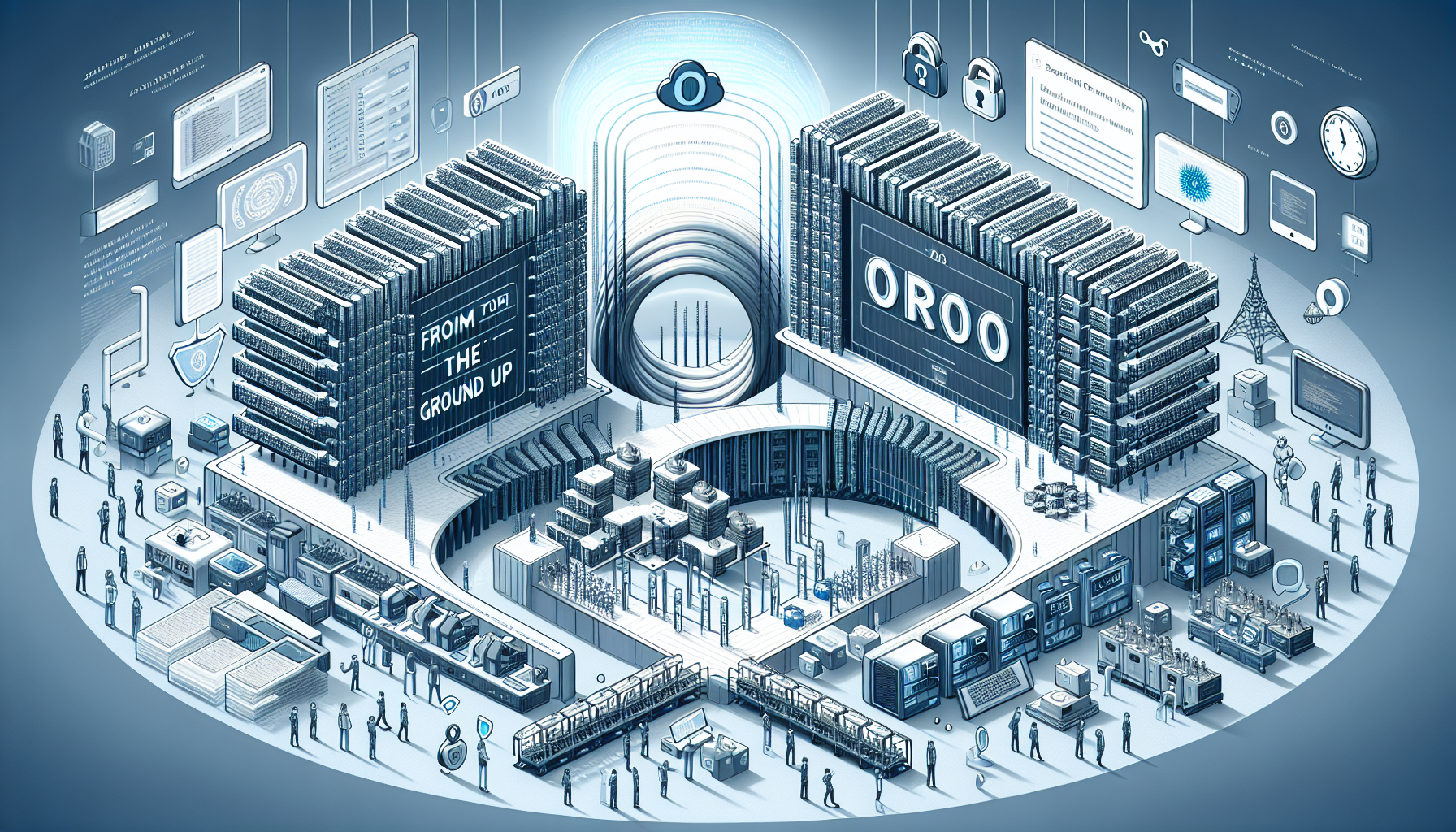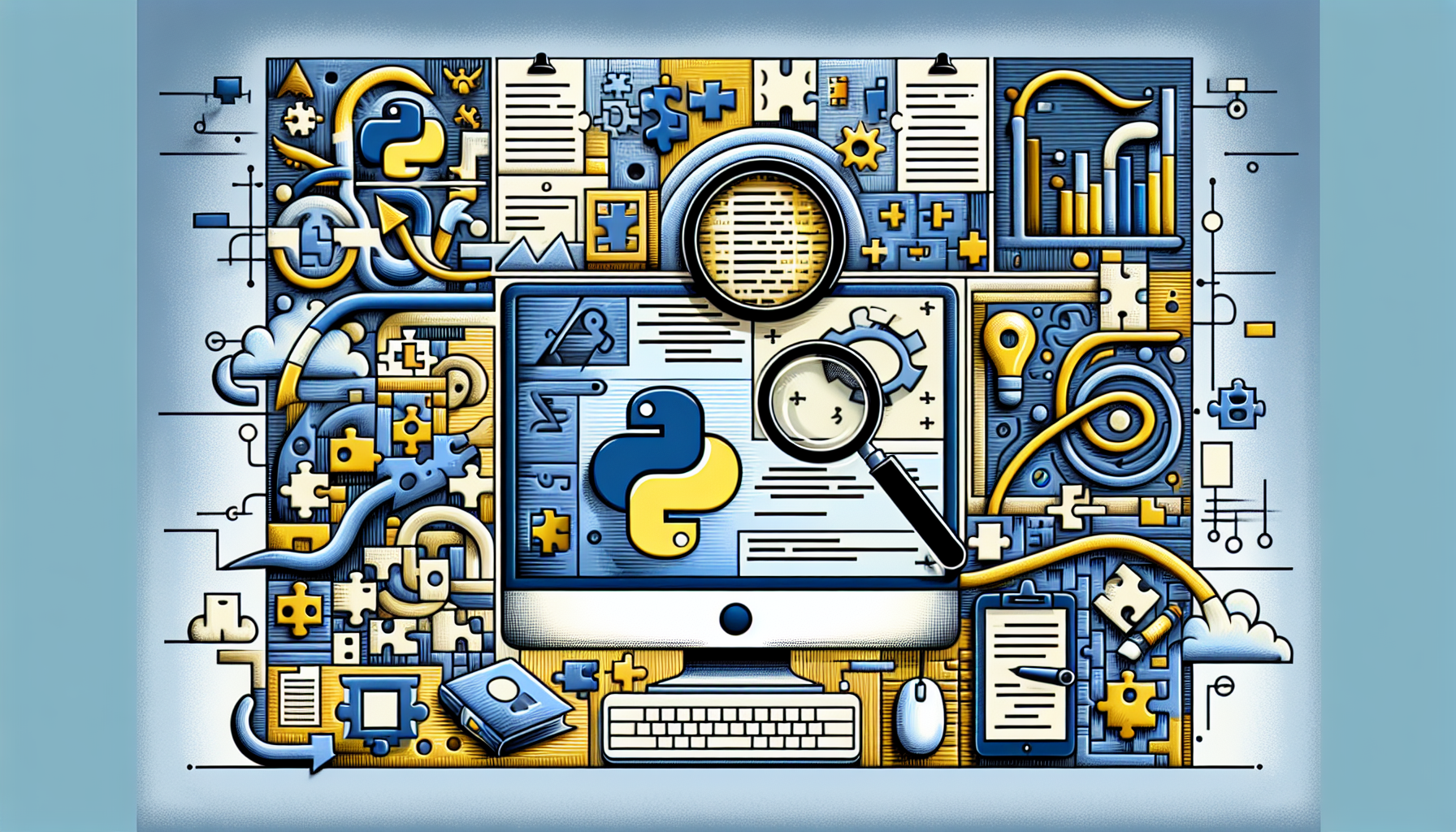AI Enhanced Monitoring Tools for DevOps: Predictive Problem Solving for Systems at Scale
Introduction
In the dynamic world of DevOps, where continuous integration and continuous deployment are paramount, the traditional monitoring tools often fall short of handling the complexities of modern applications. This has paved the way for AI-enhanced monitoring tools, which not only detect issues but also predict potential problems before they disrupt the system. Such proactive measures are crucial for maintaining system stability and improving efficiency, especially in large-scale environments.
What is AI-Enhanced Monitoring?
AI-enhanced monitoring employs artificial intelligence techniques to analyze system data. This advanced form of monitoring attempts not only to detect real-time issues but also to predict future anomalies and failures.
Key Features
- Predictive Analytics: AI algorithms analyze historical and real-time data to predict potential system errors.
- Automated Anomaly Detection: Machine learning models automatically detect unusual behavior or outliers that could indicate problems.
- Root Cause Analysis: Once an issue is detected, AI tools can drill down to determine the underlying cause of the problem.
Benefits of AI-Enhanced Monitoring in DevOps
Incorporating AI into monitoring tools brings several advantages:
- Proactive Problem Solving: By predicting issues before they occur, teams can prevent downtime and service degradation.
- Efficient Resource Management: AI helps in optimizing the allocation and utilization of resources.
- Enhanced Decision Making: With more accurate and timely data, decision-makers can take informed actions faster.
- Continuous Improvement: AI tools learn continuously from new data, thus improving their accuracy and effectiveness over time.
Examples of AI-Enhanced Monitoring Tools
Here are a few examples of tools that integrate AI capabilities:
- Splunk IT Service Intelligence (ITSI): Employs machine learning to provide actionable insights and predict critical system conditions.
- Dynatrace: Uses AI for full-stack monitoring, resolving performance issues automatically before they affect customers.
- Datadog: With its machine learning-based anomaly detection, it helps monitor, troubleshoot, and optimize applications.
# Example of a simple predictive script in Python
import warnings
warnings.filterwarnings("ignore")
import numpy as np
import pandas as pd
from sklearn.model_selection import train_test_split
from sklearn.linear_model import LogisticRegression
from sklearn.metrics import classification_report, confusion_matrix
# Load data
X = np.array([[0, 0], [1, 1]])
Y = np.array([0, 1])
# Split data
X_train, X_test, Y_train, Y_test = train_test_split(X, Y, random_ratio=0.3)
# Train model
model = LogisticRegression()
model.fit(X_train, Y_train)
# Predict
predictions = model.predict(X_test)
# Evaluate
print(confusion_matrix(Y_test, predictions))
print(classification_report(Y_test, predictions))
Challenges of Integrating AI into DevOps
Despite the benefits, there are challenges that need to be addressed when incorporating AI into monitoring systems:
- Data Quality and Availability: The effectiveness of AI is heavily dependent on the quality and completeness of the data.
- Complexity of Implementation: Setting up AI-powered tools can be technically complex and resource-intensive.
- Resistance to Change: Teams may resist adopting new technologies due to unfamiliarity or past investments.
Conclusion
As systems grow in complexity and scale, AI-enhanced monitoring tools in DevOps become not just beneficial, but necessary. They enable proactive problem solving, efficient resource management, and better decision-making. While challenges exist, the deployment of AI in monitoring promises a smarter, more reliable, and more efficient operational environment.




